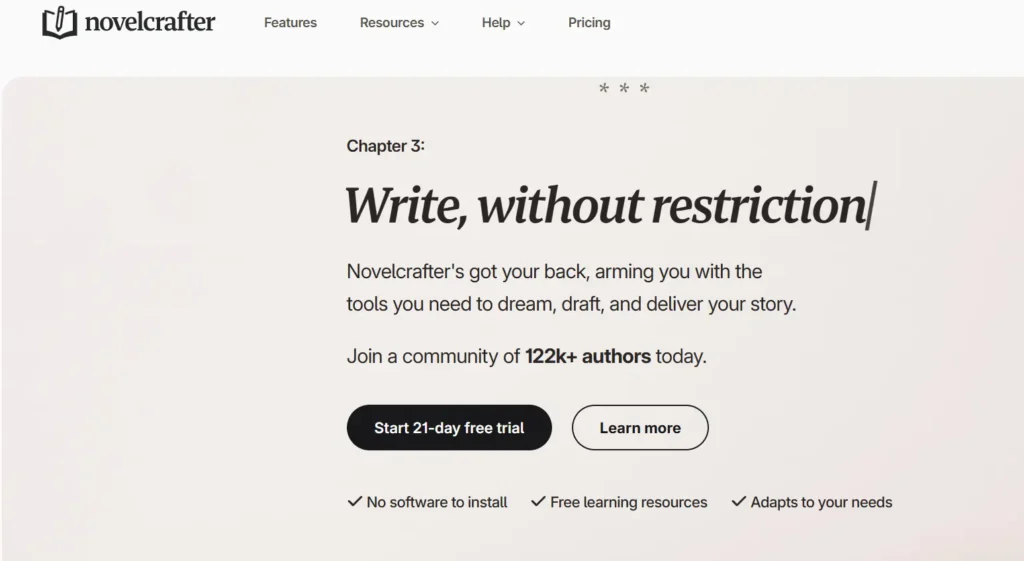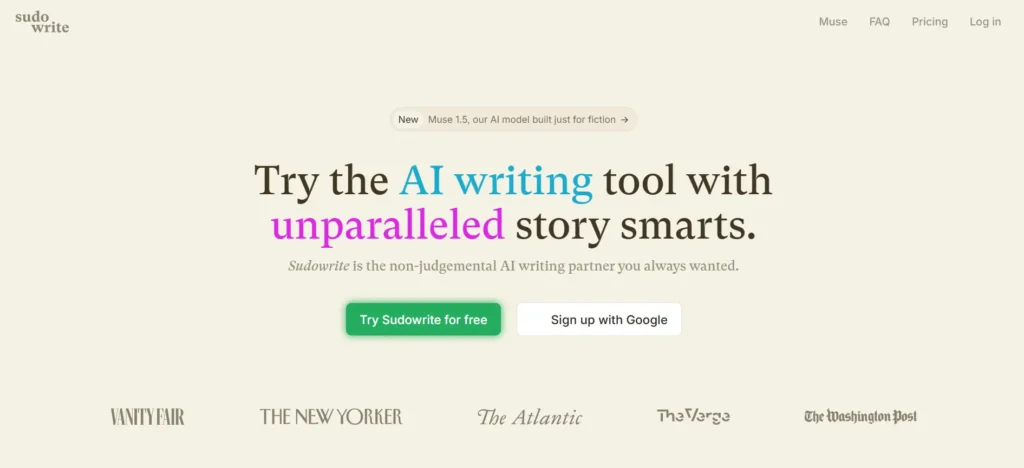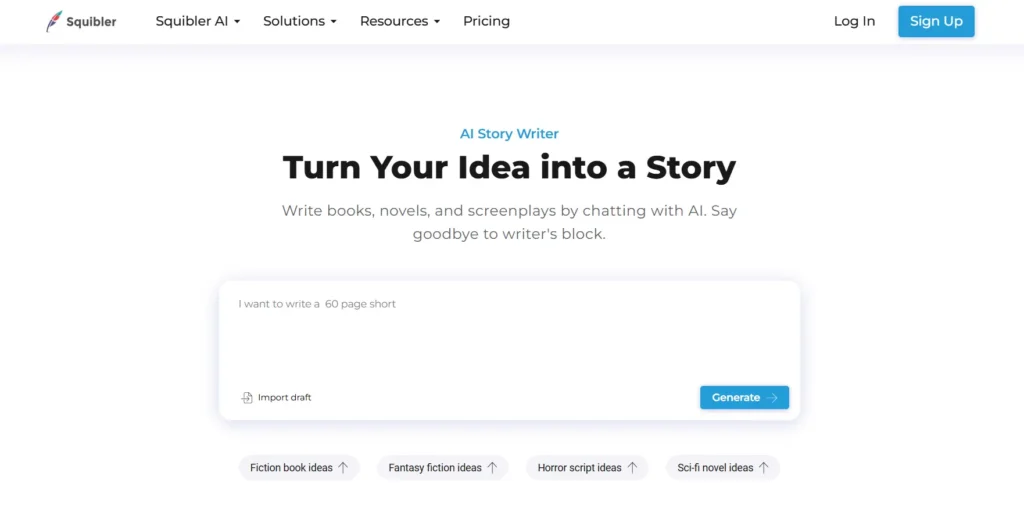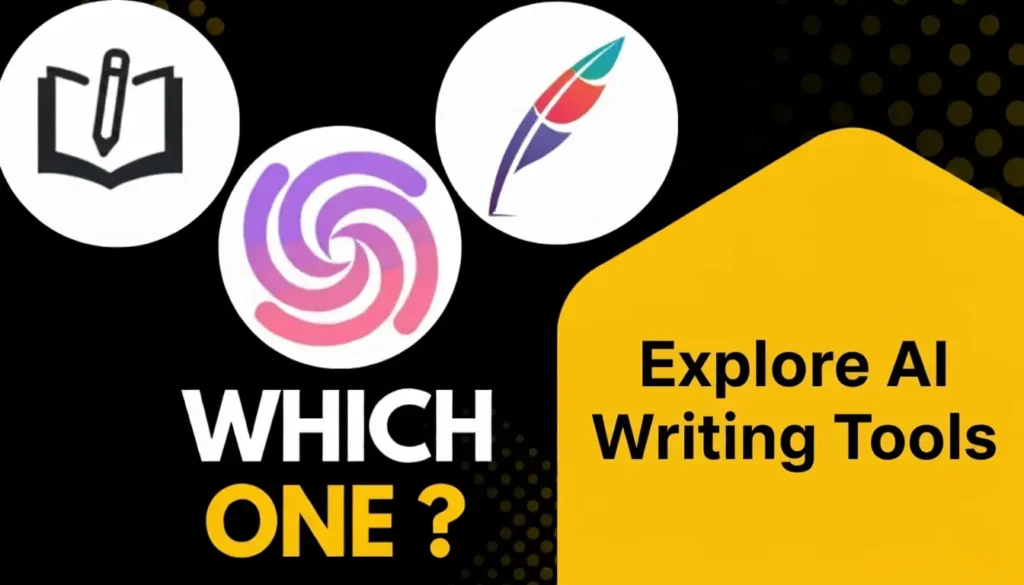Today we are diving uh really deep into the world of AI writing tools for authors. It can feel a bit much sometimes, right? Oh, absolutely. It’s moving so fast. Totally.
So, we’ve been looking at this great YouTube comparison that put three big ones, Novelcrafter, Sudorite, and Squibbler side by side. Yeah. A really helpful breakdown.
Our mission today simple. We want to pull out the key takeaways from that source, cut through all the hype, and help you figure out which tool might actually work best for your writing.
It’s a real challenge choosing, isn’t it? But these platforms, they’re trying to tackle genuine writer problems. You know, plotting, world building, writer’s block. Exactly. That blank page stare. They aim to offer real help with that stuff.
Novelcrafter: Deep Customization
Okay. So, how do you pick? Let’s uh let’s unpack Novel Crafter first. The source painted this one as like super flexible. Really for novelists who love customization. Mhm. The control freak writer’s friend maybe. Ah, maybe. It’s a big thing.

Key Feature: Codeex
The standout feature was the codeex. It’s way more than just a story bible apparently. Right. It’s like a central brain for your whole project. Characters, lore, plot points, everything interconnected. Definitely seems built for writers, maybe more techsavvy ones who are juggling, you know, complex series or really deep worlds.
Technical Considerations
And that’s where the interesting trade-off comes in. You have to connect it yourself using API keys, usually via something like open router. Okay, so what does that mean practically? Well, it means you control the AI model it uses and you pay for usage directly, more control, potentially lower cost per word, but but yeah, there’s a but it has a steeper learning curve. It’s a bit more hands-on technically speaking.
Summary
So immense power, but you need to invest a bit more effort up front. Gotcha. So that’s novel crafter, deep customization, power, bit of a tech setup.
Sudowrite: Simplicity and Flow
What about writers who just want like simplicity and flow? Ah, well that brings us neatly to Sudter. Right. Right. The source really highlighted this one as super userfriendly, built specifically for fiction writers aiming for minimal friction. Exactly.

Key Features
It’s got tools like story engine for plotting, which can apparently spin up like five different plot outlines for your novel almost instantly. Yeah. Pretty wild. And describe, which takes a simple word and just generates paragraphs of vivid description. Great for getting unstuck. Sounds amazing for breaking through writer’s block or just getting started. It really is. It uses multiple AI models, including its own they call Muse, which helps keep the output creatively consistent. Seems perfect for beginners or yeah, anyone just feeling blocked.
Cost Considerations
Okay, but there’s always a catch, right? What about the cost? That’s the thing. This raises an important point. PseudoRight uses a credit system and depending on how much you use it, those credits, well, they can get pricey. That’s a major factor for you to consider, right? Budget is key.
Squibbler: Budget-Friendly Option
Which actually leads us nicely into the third one, Squibbler, the budget friendly option. That’s how the source positioned me. Yeah. Trying to balance AI creativity with um solid organization, a clean all-in-one platform.

Key Features
It has a smart writer for generating scenes and really effective chapter management tools. Good for structured workflows. The source suggested it’s ideal for organized writers pretty much any genre who need something affordable.
Limitations
But there’s a caveat here too, isn’t there? There is the AI output. Well, it often needs more editing, more human polishing compared to maybe pseudo, right? And the free tier is pretty limited, so you’ll likely need a paid plan for serious work. So, solid structure, budget friendly, but be ready to maybe uh spend more time refining what the AI gives you.
Summary
Exactly. You’re trading off some AI polish for cost effectiveness and organization.
Recap of AI Writing Tools
Okay, so after this deep dive, let’s quickly recap for you.
- Novel crafter, deep world building, lots of customization, bit more technical. Mhm.
- Suda, right? Super easy to use, great for quick inspiration, getting unstuck, but watch the costs.
- Squibbler, structured, budget friendly, good allrounder, but expect to do a bit more editing on the AI’s output.
The best tool really isn’t one sizefits-all, is it? It completely depends on your writing style, your technical comfort, and frankly, your budget. Absolutely. It’s about finding your fit.
Final Thoughts
And maybe a final thought to mull over. Beyond just the features and the price tags, think about how each of these tools might actually change how you write. Oo, interesting point. Do they free up your brain to focus purely on story? Or do they introduce, you know, maybe new kinds of challenges or workflows you hadn’t considered? How might these things keep shaping creative writing for you in the future? That’s a really powerful question.
So, the goal isn’t finding the answer, but finding your answer, the tool that slots into your process. Precisely. So, we encourage you to explore, maybe check out some trials if they’re available and figure out which one feels right for you.


